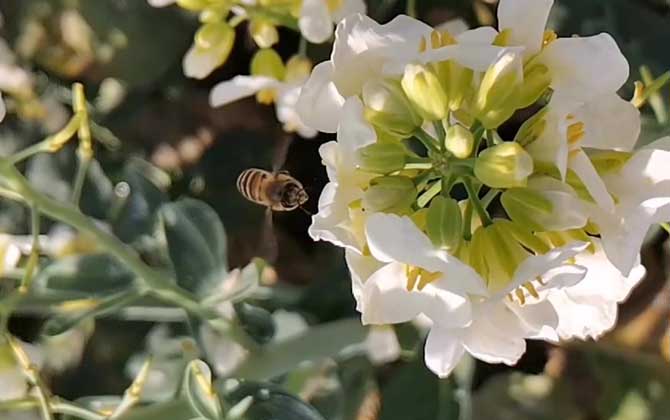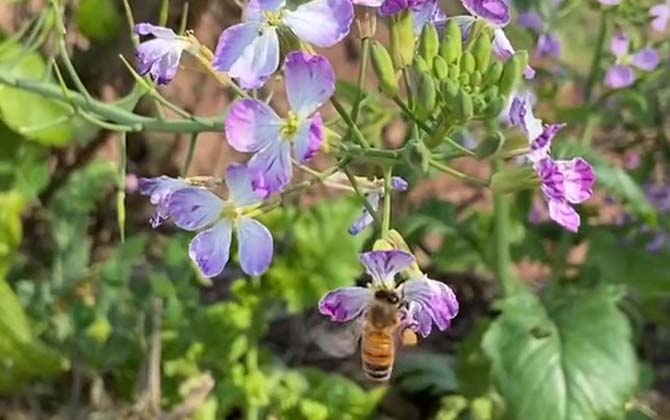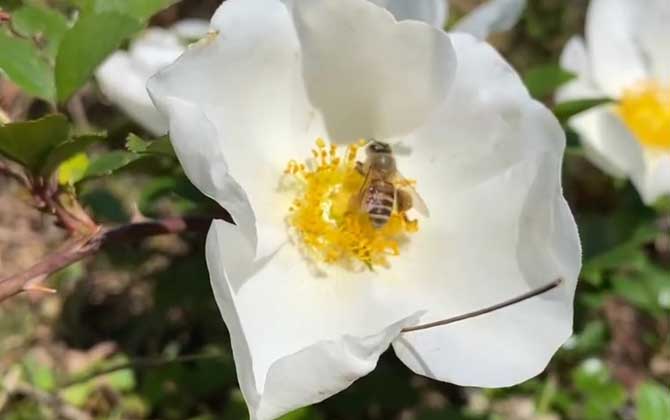Bees: Classification, Toxicity, and First Aid for Stings
Bees are social insects belonging to the family Apidae and genus Apis, renowned for their flower-visiting behavior and honey production. Among the nine recognized bee species worldwide, the Chinese honey bee (a subspecies of Eastern honey bee) and Italian bee (a subspecies of Western honey bee) are particularly notable. This article provides comprehensive guidance on handling the circular white mark left by bee stings.

I. Bee Species Classification
As valuable biological resources, bees are scientifically classified as:
- Kingdom: Animalia
- Phylum: Arthropoda
- Class: Insecta
- Order: Hymenoptera
- Family: Apidae
- Genus: Apis
The nine recognized species include:
- Eastern honey bee (Apis cerana)
- Western honey bee (Apis mellifera)
- Dwarf honey bee (Apis florea)
- Black dwarf honey bee (Apis andreniformis)
- Giant honey bee (Apis dorsata)
- Black giant honey bee (Apis laboriosa)
- Sabah honey bee (Apis koschevnikovi)
- Sulawesi honey bee (Apis nigrocincta)
- Green dwarf honey bee (Apis nuluensis)

II. Venom Characteristics
Bee venom contains complex components with distinct characteristics:
| Feature | Details |
|---|---|
| Toxin Potency | Milder than wasp venom |
| Danger Threshold | 100 stings: Systemic poisoning 300+ stings: Potentially fatal |
| Allergenic Components | Melittin, Phospholipase A2, Hyaluronidase |
| Risk Factors | Anaphylaxis in sensitive individuals |
Note: Allergic reactions to bee venom can be more dangerous than the venom itself, potentially causing anaphylactic shock within minutes.

III. Comprehensive Treatment Approaches
A. Immediate First Aid
- Stinger Removal: Use credit card to scrape off (avoid tweezers)
- Cleaning: Wash with soap and cold water
- Cold Compress: Apply ice for 10-20 minutes
B. Medical Interventions
- Topical Treatments:
– Early stage: Silicone gel sheets
– Anti-itch creams (1% hydrocortisone)
– Calamine lotion - Injectable Solutions:
– 5-Fluorouracil (for persistent marks)
– Triamcinolone acetonide (Dermovate) - Oral Medications:
– Antihistamines (Cetirizine/Loratadine)
– NSAIDs for pain relief
C. Advanced Therapies
- Cryotherapy: Liquid nitrogen application
- Laser Treatment: Pulsed dye laser sessions
- Surgical Options: Excision for resistant scars
D. Natural Remedies
- Baking soda paste (neutralizes venom)
- Aloe vera gel application
- Honey-based compresses
IV. Preventive Measures
- Avoid floral-patterned clothing
- Use unscented personal care products
- Install bee-proof screens in living areas

V. When to Seek Emergency Care
- Difficulty breathing or swallowing
- Swelling of face/tongue
- Rapid heart rate
- Dizziness or loss of consciousness
Important: Always carry epinephrine auto-injector if previously diagnosed with bee venom allergy. Regular immunotherapy (desensitization) can provide long-term protection for high-risk individuals.